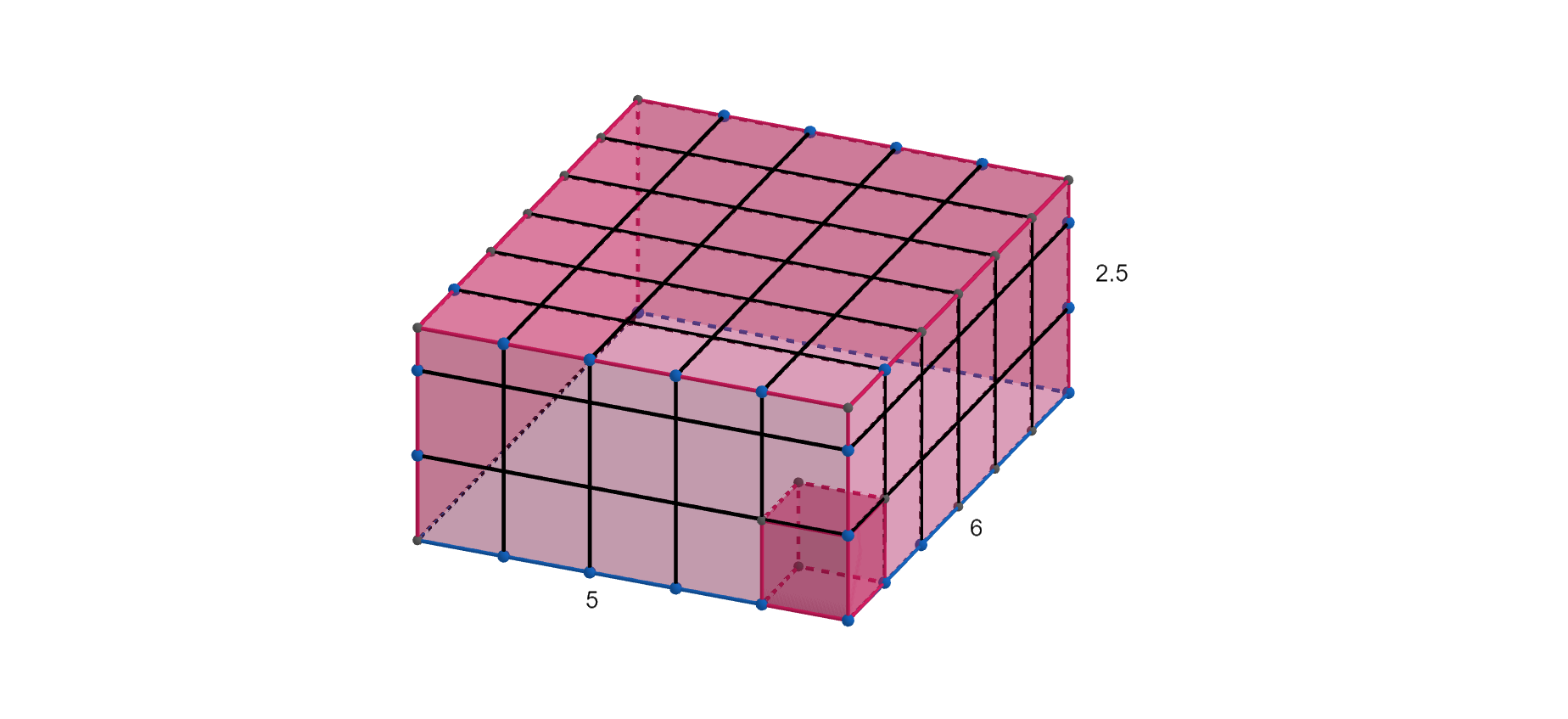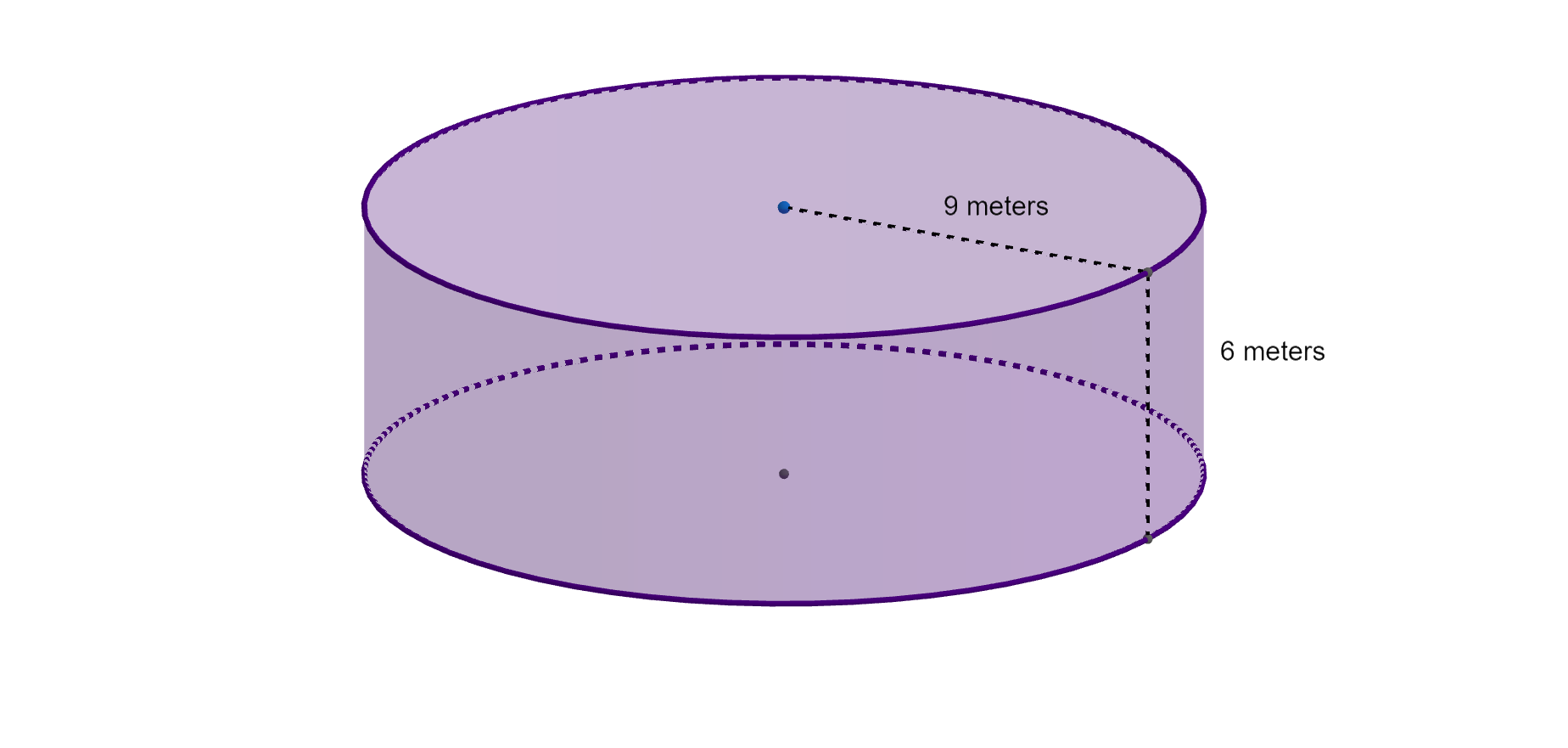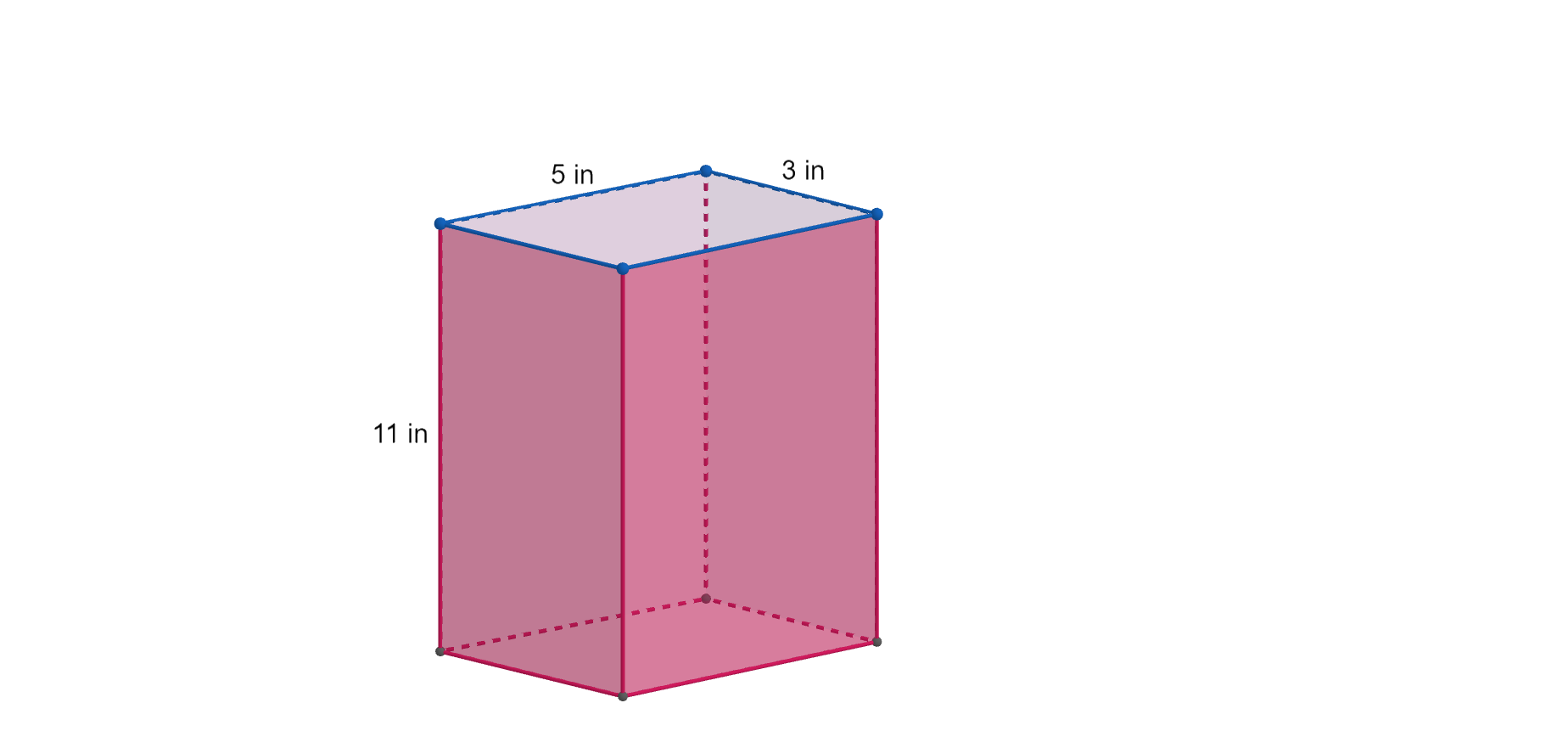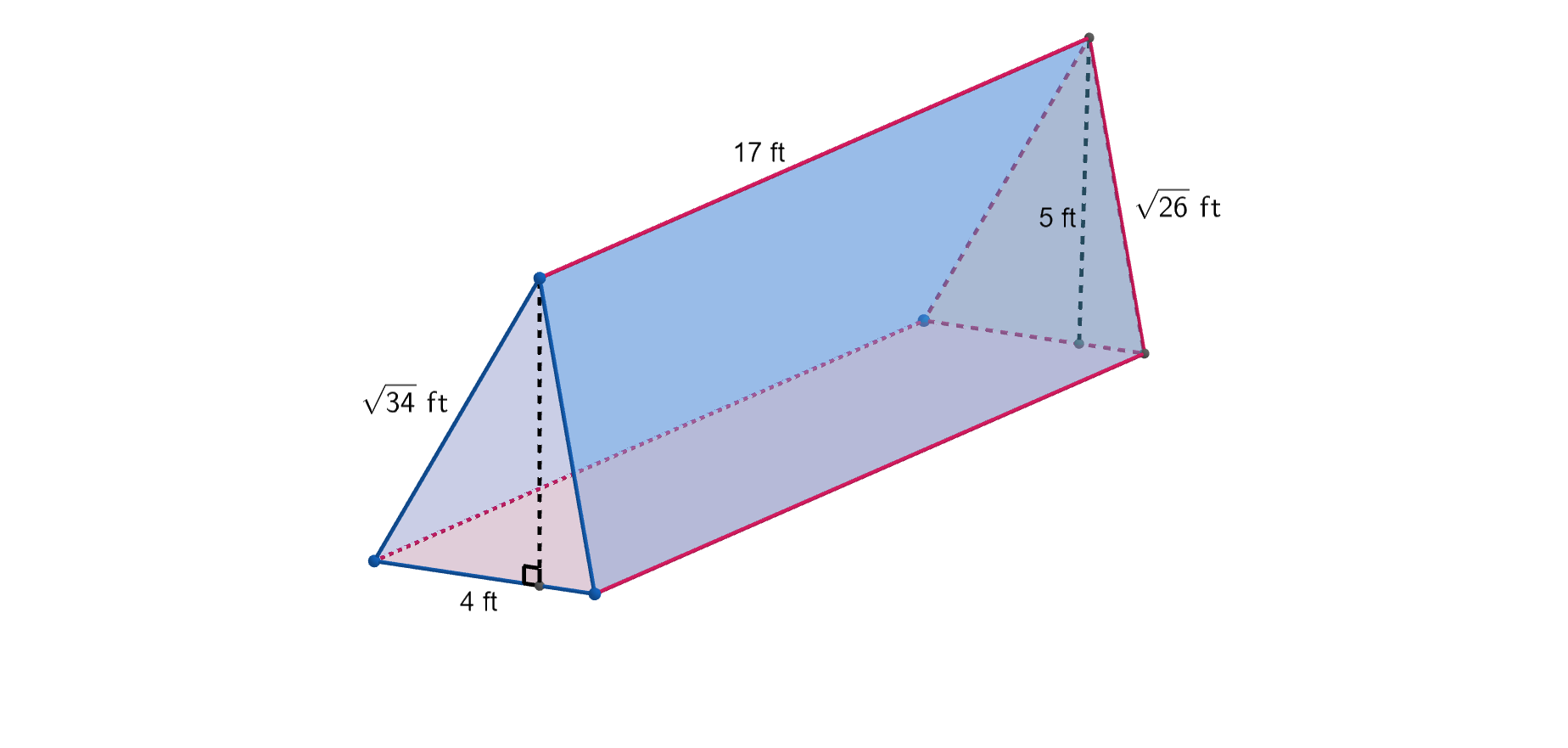Checkpoint 3.3.3. Check your understanding.
Besides the parallel circles, what other shape(s) is needed to form the surface of a right cylinder? How many of these shapes are there?
Hint.
Cut two circles out of paper to cover a cylindrical can. What else do you need to cover the exposed surface?
Answer.
The two circles are joined by a single rectangle. The width of this rectangle equals the circumference of a circular end.




